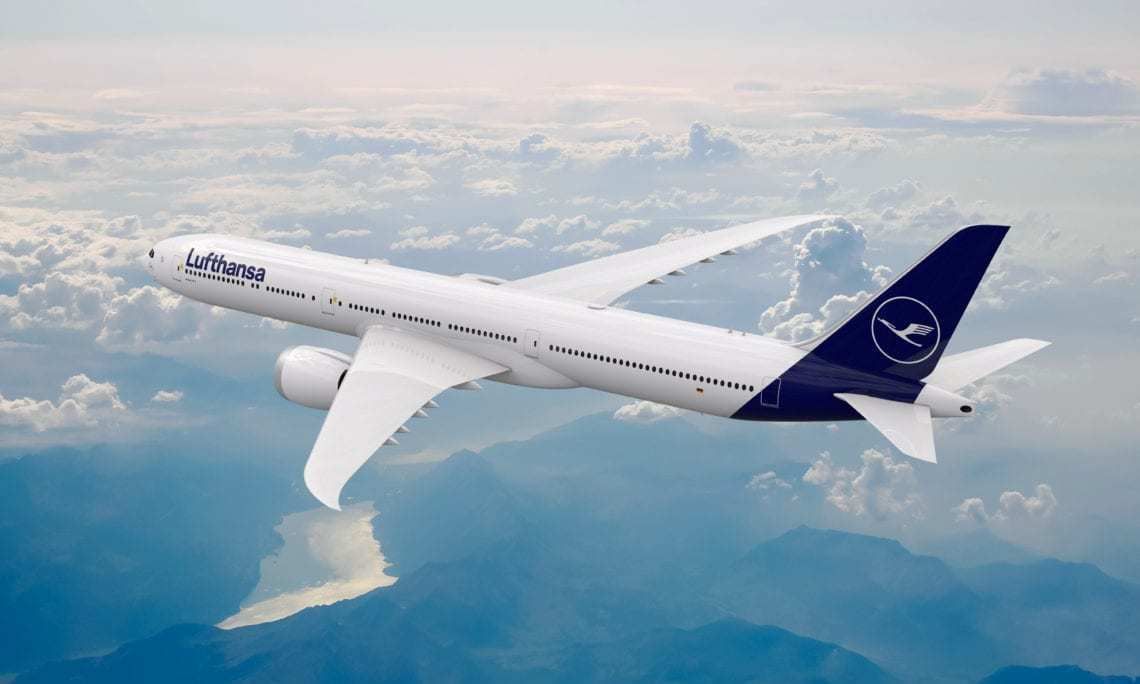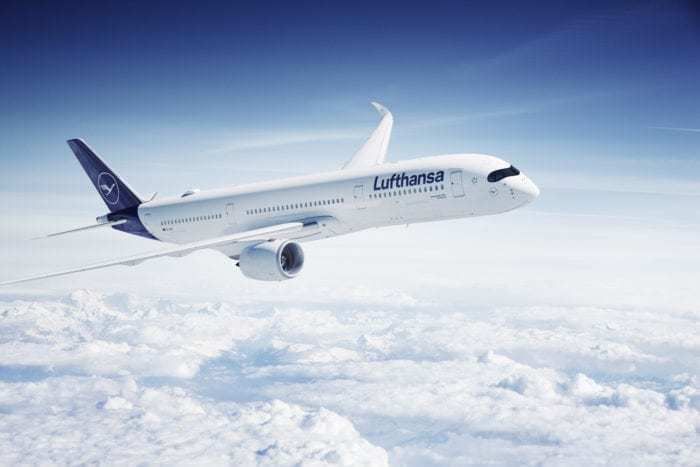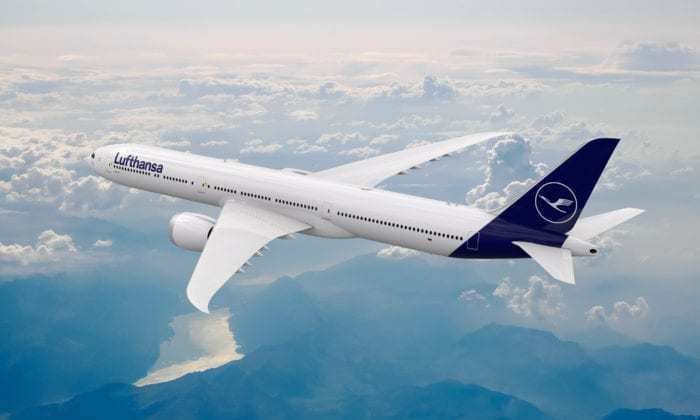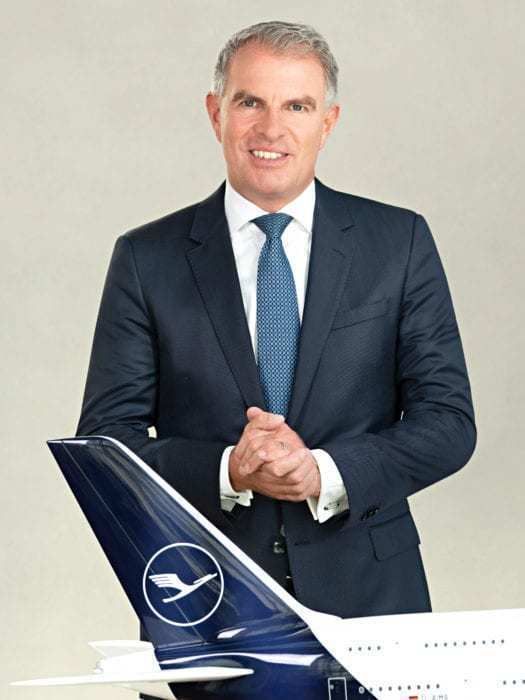This morning Lufthansa Group posted their 2018 financial results, revealing higher passenger numbers but lower profits, consistent with previous estimates. Lufthansa Group are made up of a number of network airlines: Lufthansa, Swiss Airlines, Austrian Airlines as well as Brussels Airlines and Eurowings.
The group carried 142,335 passengers last year, 10% more than the year before. Total ASK was at 349,489 million, RPK at 284,561 million, reaching a load factor of 81.4%, 0.5% more than in 2017. Cargo load factor dropped by 2.3% to 66.4%. As much as 61% of the total external revenues came from the three network airlines: Lufthansa, Swiss Airlines and Austrian Airlines.
Financial Results
Despite significant increases in fuel prices and the additional burden of the integration costs of Eurowings, the biggest European airline has had the highest revenue in its history of €35.8bn. This produced a net profit of €2,163m. The group has an adjusted ROCE of 10.6% and a decrease in CASK of -1.7% (excl. fuel and currency). The announced dividend stands at €0.80, the same as last years, a healthy yield of 4%.
Lufthansa has strengthened its position in the Americas, with 29% of group revenues from this marketplace. ASK in the region rose by 7.3%. The yield growth was positive in Asia and the Americas noting an 1.9% and 0.2% increase respectively. European ASK increased by 11.8%.
Higher costs
Many of the 2018 results were lower than the year before. For example, EBIT was 10% lower, and net profit was also lower. This is mainly due to increased fuel expenditures, which rose by as much as 16% in 2018. The group has also claimed to have spent over €170m due to the integration of former Air Berlin aircraft.
This issue was broadly addressed by CEO Carsten Spohr in his message to the investors:
“Integration costs at Eurowings in connection with the takeover of significant parts of Air Berlin, irregularities in flight operations and much higher fuel costs added up to a massive financial burden.”. He went on to say that future plans were to target stable growth and cost reduction, focusing mainly on a high quality product and its consumers.
“ All this is intended to encourage our customers to refocus on what sets us apart from our competitors: our high-quality product, which in Europe at least has no equal. In future, we want to give our passengers even more individual service in order to represent their personal needs even better”. - Carsten Spohr
The carrier aims to add 600 employees and more reserve aircraft to their resources in order to ensure on-time operations, flexibility and stable processes. The focus of the group going forward will center on the global aviation market and solving internal issues related to the integration of the Eurowings fleet.
The group consists of 762 aircraft and has many more on order. Just yesterday we reported on the new order for 40 new aircraft, including 20 787’s and 20 A350’s. Lufthansa is also the launch consumer of the 777X with the delivery expected in 2020.




